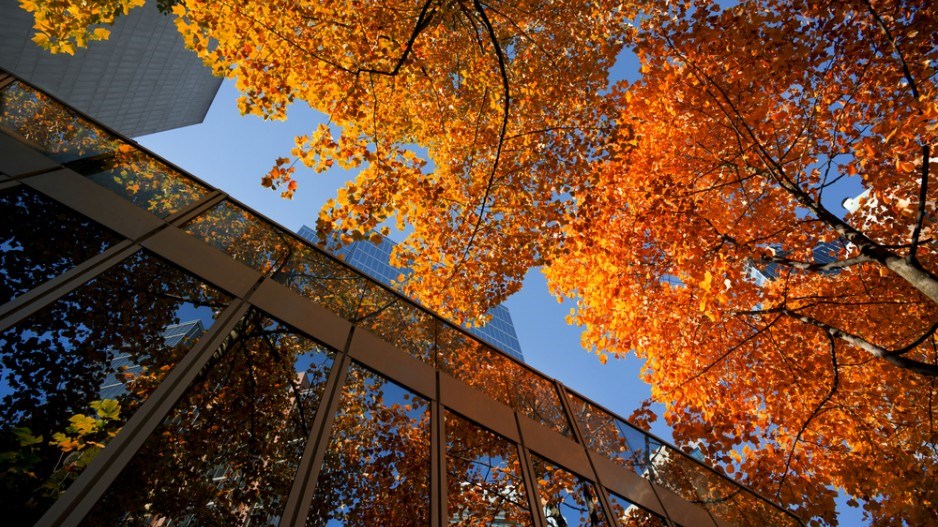Community feedback
A recent layover in Montreal was an opportunity for tea with friends, now in their 80s, who grumbled that the city was back in the hands of developers just as it was during the pre-Olympics boom of the 1970s.
A couple of days later, back in Vancouver, the neighbouring table at a west side café erupted with similar grousing. The spark? EDG Homes Inc.’s plans to redevelop the former church at 809 West 23rd Avenue with residences.
“[The city’s] certainly not interested in protecting people with property,” declared one retiree to another, denouncing the city’s deification of density.
The couple credited EDG with savvy management of the property, however. Its rezoning application for the site builds on the property’s heritage designation but has drawn fire from the Douglas Park Neighbours Association as constituting a spot rezoning. The city denies it.
“It is a rezoning application for a specific site,” city documents regarding the site state. “A spot rezoning is generally defined as a rezoning application that is not anticipated by citywide or neighbourhood policy.”
Angst over spot rezonings gets the goat of city planning and development manager Brian Jackson, who told the Urban Development Institute in September that people must understand that rezonings reflect policies that council – elected by the people – have approved.
“Spot zonings are always contentious and make people nervous because it makes it seem like change is happening everywhere,” he said. “But these are our policies that have been adopted by council to guide developments.”
Trees for the forest
Chances are Jackson takes a similarly dim view of the bid a small contingent of petitioners is making to save a Hornby Street maple tree destined for falling with the rise of Burrard Place by Reliance Properties Ltd. and Jim Pattison Group.
Trees lost to redevelopment have been a hot topic on the west side, where dozens have been cut in defiance of amendments to city bylaws designed to protect the urban forest, estimated at 18% of the city in 2013.
Downtown has the city’s second-lowest concentration of trees, at just 8.3% (only Strathcona is lower, at 5.9%), which has drawn attention to the few that exist – such as the stately maple on Hornby Street.
However, the city also hopes to maintain tree counts at 2013 levels through 2017, while encouraging new plantings that will expand the urban forest by 150,000 trees by 2020.
Reflecting that goal, the site of the Hornby maple will not only host a new residential tower but also dozens of newly planted trees that will renew the urban forest.
A study North Vancouver city staff received from the Centre for Urban Forest Research in Davis, California, and North Vancouver-based Lanarc Consultants in 2004 noted that those trees boost the values of adjacent properties between 3% and 7%.•




